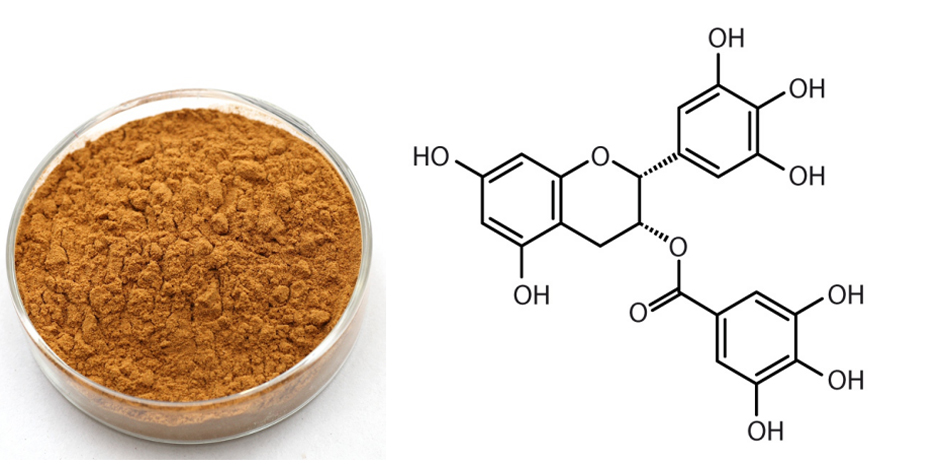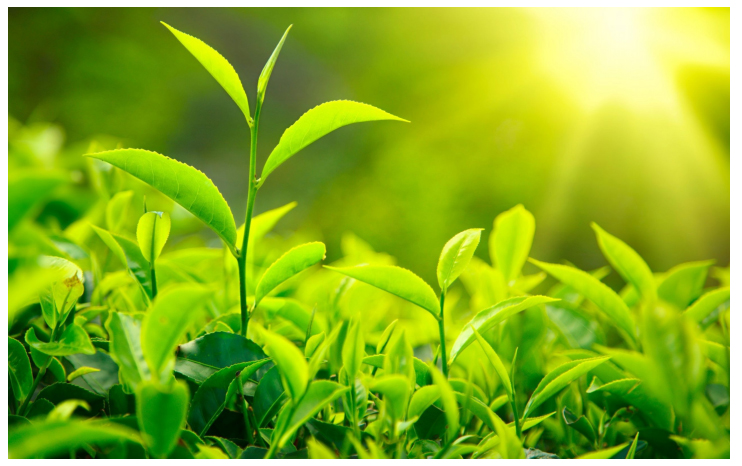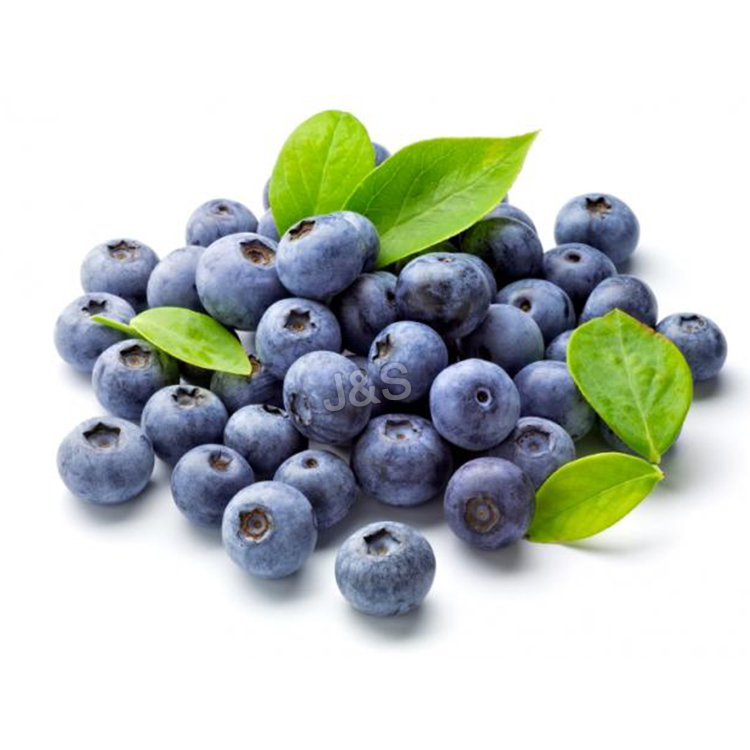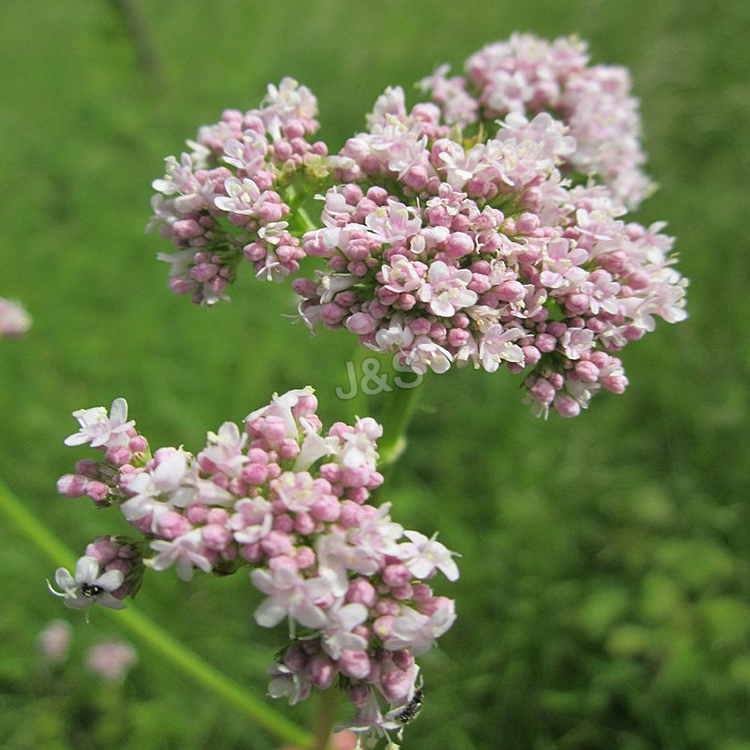Professional Manufacturer for Green tea extract Factory in Luxembourg
Professional Manufacturer for Green tea extract Factory in Luxembourg Detail:
[Latin Name] Camellia sinensis
[Plant Source] China
[Specifications]
Total tea polyphenols 40%-98%
Total catechins 20%-90%
EGCG 8%-60%
[Appearance] Yellow brown powder
[Plant Part Used] Green tea leaf
[Particle size] 80 Mesh
[Loss on drying] ≤5.0%
[Heavy Metal] ≤10PPM
[Storage] Store in cool & dry area, keep away from the direct light and heat.
[Package] Packed in paper-drums and two plastic-bags inside.
[What is green tea extract]
Green tea is the second largest beverage demanded by consumers worldwide. Used in China and India for its medicinal effects. There are several compounds extracted from green tea including catechins which contain an enormous amount of hydroxyphenols that are easily oxidized, congregated and contracted, which explains its good anti-oxidation effect. Its anti-oxidation effect is 25-100 times as strong as those of vitamin C and E.
It is widely used in medicines, agriculture, and chemical and food industries. This extract prevents cardio-vascular disease, lowers the risk of cancer, and decreases blood sugar and blood pressure, as well as viruses. In the food industry, the anti-oxidation agent used for preserving food and cooking oils.
[Function]
1. Green tea extract can reduce blood pressure, blood sugar, blood lipids.
2. Green tea extract has the function of removing radicals and anti-aging.
3. Green tea extract can enhance the immune function and prevention of colds.
4. Green tea extract will anti-radiation,anti-cancer, inhibiting the increasing of cancer cell.
5. Green tea extract used to anti-bacterium, with the function of sterilization and deodorization.
[Application]
1.Applied in cosmetics field, Green tea extract owns the effect of anti-wrinkle and anti-Aging.
2.Applied in food field, Green tea extract is used as natural antioxidant, antistaling agent, and anti-fading agents.
3.Applied in pharmaceutical field, Green tea extract is used to prevent and cure cardiovascular disease, diabetes.
Product detail pictures:
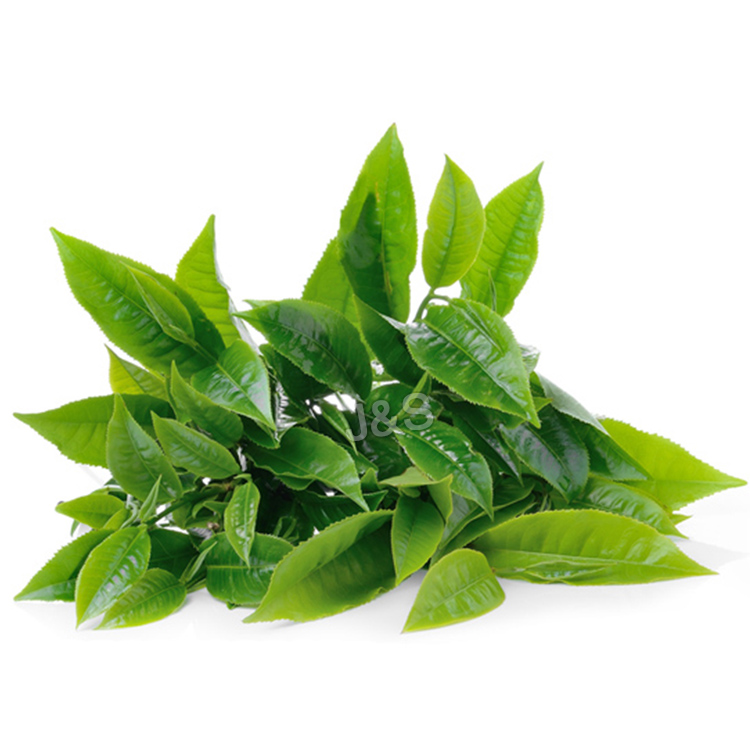
Related Product Guide:
To meet the customers' over-expected pleasure , we have now our solid crew to supply our greatest all round assistance which includes marketing, sales, planning, production, top quality controlling, packing, warehousing and logistics for Professional Manufacturer for Green tea extract Factory in Luxembourg , The product will supply to all over the world, such as: Portugal, Istanbul, Indonesia, We attained ISO9001 which provides solid foundation for our further development. Persisting in "High quality, Prompt Delivery, Competitive Price", we have established long-term cooperation with clients from both overseas and domestically and get new and old clients' high comments. It is our great honor to meet your demands. We are sincerely expecting your attention.
Oatmeal Raisin Cookies!
Tasty spiced oatmeal raisin cookies! The mix of spices alone make you know for sure this is a delicious recipe. Enjoy!
As requested by Stephenrsm7600.
Episode 42
Thanks for watching and please like the video if you liked it and subscribe if you want to see more!
Something you’re wondering how to make? Leave a comment below letting me know!
Follow my life!
TWITTER: @onecutefoodie
INSTAGRAM: @onecutefoodie
MUSIC
Intro song: “Amplified” by George Watsky
(georgewatsky.com)
Apron from Anthropologie.
Recipe adapted from Flour.
RECIPE:
2 sticks unsalted butter
3/4 C sugar
1 C light brown sugar
2 eggs
1 3/4 C flour
1 3/4 C rolled oats
1 t baking soda
1 t salt
1/4 t cinnamon
1/8 t nutmeg
1/4 t ground cloves
1/8 t ground ginger
1 1/2 C raisins
Tea is an aromatic beverage commonly prepared by pouring hot or boiling water over cured leaves of the tea plant, Camellia sinensis.[3] After water, tea is the most widely consumed beverage in the world.[4] It has a cooling, slightly bitter, and astringent flavour that many people enjoy.[5]
Tea likely originated in China during the Shang Dynasty as a medicinal drink.[6] Tea was first introduced to Portuguese priests and merchants in China during the 16th century.[7] Drinking tea became popular in Britain during the 17th century. The British introduced tea to India, in order to compete with the Chinese monopoly on tea.[8]
Tea has historically been promoted for having a variety of positive health benefits, and recent human studies suggest that green tea may help reduce the risk of cardiovascular disease and some forms of cancer, promote oral health, reduce blood pressure, help with weight control, improve antibacterial and antivirasic activity, provide protection from solar ultraviolet light,[9] increase bone mineral density, and have “anti-fibrotic properties, and neuroprotective power.”[10] Additional research is needed to “fully understand its contributions to human health, and advise its regular consumption in Western diets.”[11]
Consumption of tea (especially green) is potentially beneficial to health and longevity given its antioxidant, flavanols, flavonoids, polyphenols, and catechins content.[12][13] Tea catechins have known anti-inflammatory and neuroprotective activities, help to regulate food intake, and have an affinity for cannabinoid receptors, which may suppress pain, nausea, and provide calming effects.[14]
Consumption of green tea is associated with a lower risk of diseases that cause functional disability, such as “stroke, cognitive impairment, and osteoporosis” in the elderly.[15][16]
Tea contains L-theanine, and its consumption is strongly associated with a calm but alert and focused, relatively productive (alpha wave dominant), mental state in humans. This mental state is also common to meditative practice.[17]
The phrase “herbal tea” usually refers to infusions of fruit or herbs made without the tea plant, such as rosehip tea, chamomile tea, or rooibos tea. Alternative phrases for this are tisane or herbal infusion, both bearing an implied contrast with “tea” as it is construed here. Coffee is a brewed beverage with a distinct aroma and flavor, prepared from the roasted seeds of the Coffea plant. The seeds are found in coffee “cherries”, which grow on trees cultivated in over 70 countries, primarily in equatorial Latin America, Southeast Asia, India and Africa. Green (unroasted) coffee is one of the most traded agricultural commodities in the world.[1] Coffee is slightly acidic (pH 5.0–5.1[2]) and can have a stimulating effect on humans because of its caffeine content. It is one of the most consumed drinks in the world.[3]
Wild coffee’s energizing effect was likely first discovered in the northeast region of Ethiopia. Coffee cultivation first took place in southern Arabia;[4] the earliest credible evidence of coffee-drinking appears in the middle of the 15th century in the Sufi shrines of Yemen.[4]
In East Africa and Yemen, coffee was used in native religious ceremonies that were in competition with the Christian Church. As a result, the Ethiopian Church banned its secular consumption until the reign of Emperor Menelik II of Ethiopia.[5] The beverage was also banned in Ottoman Turkey during the 17th century for political reasons[6] and was associated with rebellious political activities in Europe.
Coffee berries, which contain the coffee seeds, are produced by several species of small evergreen bush of the genus Coffea. The two most commonly grown are also the most highly regarded Coffea arabica, and the “robusta” form of the hardier Coffea canephora. The latter is resistant to the devastating coffee leaf rust (Hemileia vastatrix). Once ripe, coffee berries are picked, processed, and dried. The seeds are then roasted to varying degrees, depending on the desired flavor, before being ground and brewed to create coffee. Coffee can be prepared and presented in a variety of ways.
An important export commodity, coffee was the top agricultural export for twelve countries in 2004,[7] and it was the world’s seventh-largest legal agricultural export by value in 2005.[8] Some controversy is associated with coffee cultivation and its impact on the environment. Consequently, organic coffee is an expanding market.
Many studies have examined the health effects of coffee, and whether the overall effects of coffee consumption are positive or negative has been widely disputed.[9] The majority of recent research suggests that moderate coffee consumption is benign or mildly beneficial in healthy adults. However, coffee can worsen the symptoms of some conditions, largely due to the caffeine and diterpenes it contains.
Wide range, good quality, reasonable prices and good service, advanced equipment, excellent talents and continuously strengthened technology forces,a nice business partner.
